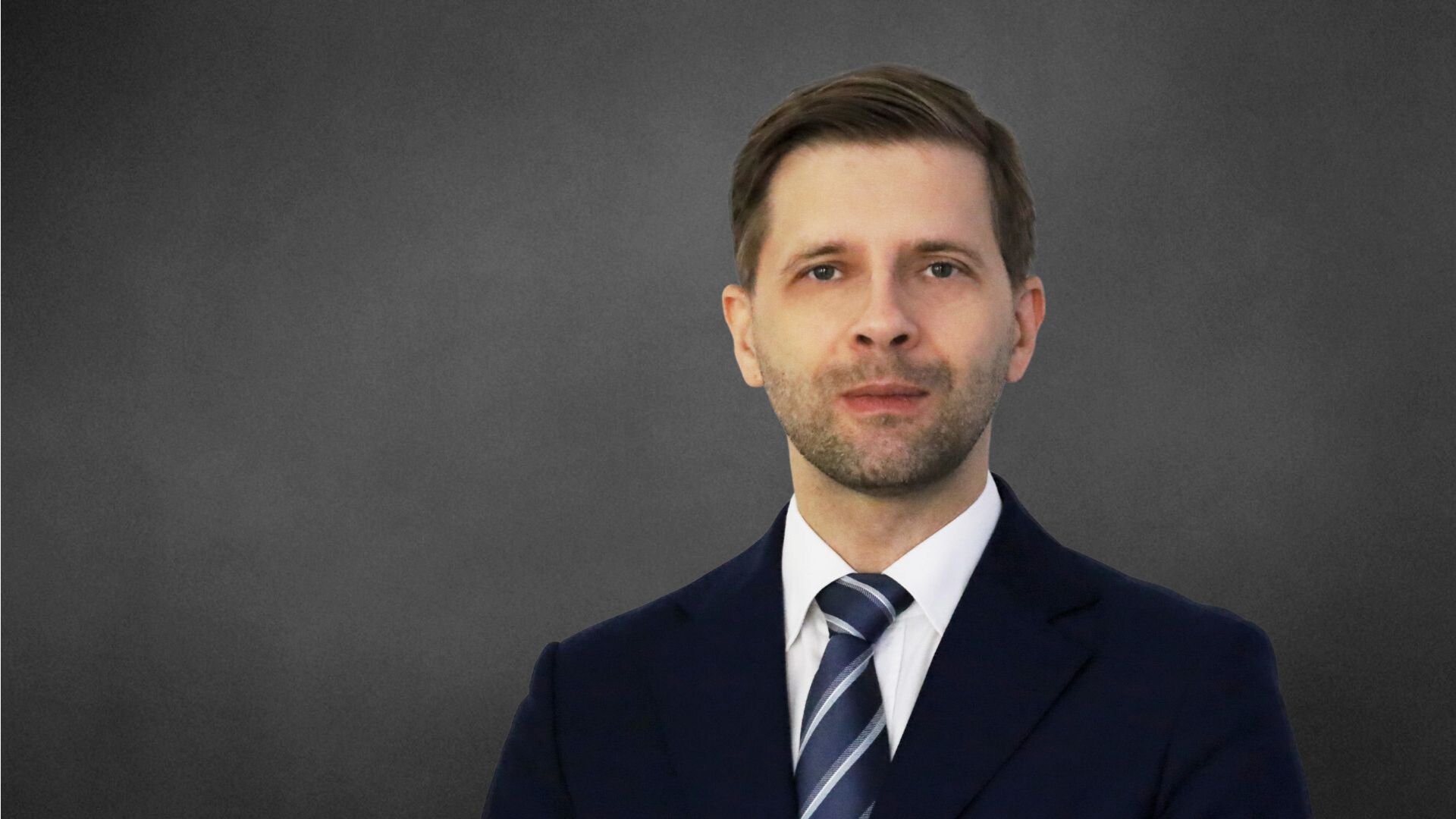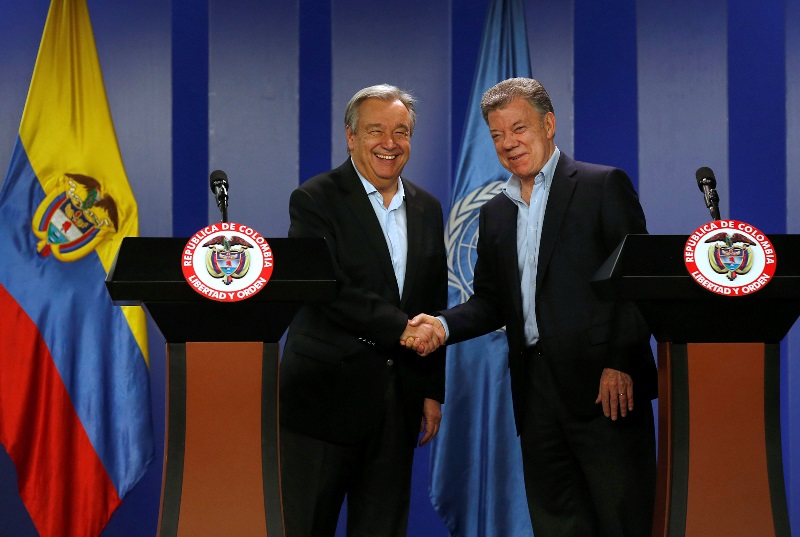Main Issues at the 8th Summit of the Americas

Summits of the Americas are the main forum for dialogue among the leaders of the American countries. The format was initiated by the U.S. in 1994, since when meetings have taken place every three years. The importance of the mechanism has been diminishing since the middle of the 2000s, with new regional cooperation initiatives such as UNASUR (the Union of South American Nations) emerging within Latin America. The previous summit in Panama (2015) was marked by the restoration of the diplomatic relations with Cuba by President Barack Obama’s Administration. This year’s summit in Lima (13–14 April) was influenced by corruption scandals in Latin American and destabilisation in Venezuela under President Nicolás Maduro. Trump was supposed to attend the meeting on what would have been his first official visit to Latin America, but Vice-President Mike Pence went in his place after events in Syria caused the president to cancel.
The Fight Against Corruption
The summit’s main theme, “Democratic Governance Against Corruption,” is connected with the Lava Jato investigation that has been ongoing in Brazil since 2014. Inquiries there have uncovered a bribery network involving some of the biggest Brazilian companies and politicians of various parties and at different levels of government.
Corruption is nothing new in the region, but it is the first time it has been revealed on such a scale. Bribery allegations were levelled at, amongst others, Brazil’s ex-President Luiz Inácio Lula da Silva (in January he was convicted to 12 years in prison) and the current head of state, President Michel Temer (parliament has so far rejected court pleas to put him on trial). High-ranking politicians in other countries of the region, such as Argentina, Ecuador, Colombia, Mexico, Venezuela and Peru (the host of the recent summit), have also been linked with bribery. The main declaration from the Lima meeting included a robust set of recommendations and good practice guidelines for fighting corruption.
Venezuela
The summit in Lima took place a year after public protests erupted in response to the Venezuelan authorities’ attempts to undermine the democratically elected parliament (democratic opposition had held a majority since December 2015). Maduro has consolidated his rule by putting down the protests (which lasted for a few months) and by repressing and dividing the opposition. The Venezuelan government’s plan to hold an early presidential election on 20 May has been criticised by the biggest Latin American countries, the U.S. and the EU, who have raised doubts over the legality of the decision and the lack of guarantees of equal and fair opposition participation. Peru’s authorities withdrew Maduro’s invitation to the Lima summit in response.
Worsening economic difficulties have accompanied the tense political situation in Venezuela. This has led to a humanitarian crisis caused by, amongst other things, the scarcity of basic goods (food and medicines), and which became the main cause of emigration from Venezuela. According to the International Migration Organisation, the number of Venezuelans outside their country rose between 2015 and 2017 from 0.7 million to 1.6 million. Colombia was the top destination (up from 49,000 to 600,000).
During the summit, 16 countries of the region signed a declaration calling on the Venezuelan government to restore constitutional order and allow humanitarian aid into the country. The Venezuelan authorities have rejected these appeals, despite sanctions imposed by the United States, the EU and others against the people linked to the regime. Maduro’s ongoing ability to rule stems from support, mostly in the form of loans, from China and Russia. For China, this is an element of its economic expansion into Latin America and the promotion of its development model. For Russia, Venezuela is a place it can challenge the U.S. and undermine its international position. The Lima meeting was an opportunity for Russian media in the region to echo Maduro’s arguments, that Summits of the Americas are a tool used by the U.S. to impose its will in the region.
U.S. Role in the Region
Trump cancelled his trip to the summit over the situation in Syria, following the chemical weapons attack of 7 April. Vice-President Pence led the delegation instead. His mission was difficult because the Trump administration’s Latin America policy was viewed from the perspective of the president’s own confrontational decisions and rhetoric. This policy is perceived as being as much about more restrictive immigration rules (including the expansion of the wall on the U.S. border with Mexico) as it is about trade deal revisions (mainly concerning NAFTA renegotiations). The image of the U.S. has been affected negatively by recent threats to block funds for those countries accused by the Trump Administration of taking insufficient action to tackle drug crime. Moreover, Trump’s 2017 assertions about potential U.S. military intervention in Venezuela remain vivid in society’s memory.
Pence tried to tone down negative aspects and prove that the U.S. wanted to strengthen its position as the main partner for the Latin American countries and important allies in its attempt to balance against China’s economic expansion. However, as presented, it was hard to learn what that cooperation would look like. Pence declared that the U.S. wanted to enhance its status as the main promoter of liberty and democracy in the region, highlighting Cuba and Venezuela as examples of undemocratic Latin American states. He said the U.S. wanted to increase pressure on such governments (by, for example, imposing sanctions) while supporting citizens at the same time. It is not only about backing the democratic opposition. Pence also announced plans to financially support Colombia in receiving Venezuelan immigrants.
Conclusions
The Lima summit’s final declaration on fighting corruption will remain an important reference for assessing the progress in implementing measures aimed at corrupt practice in the region. Yet, this will be a lengthy fight and, given the allegations against government representatives, likely a political challenge as well.
It is unlikely that isolating the Venezuelan government will force the restoration of constitutional order in that country. The decision to withdraw Maduro’s summit invitation was weakened because similar criteria were not applied to Cuba. Chinese and Russian engagement in Venezuela may preserve the country’s position as the main source of instability in the region. Venezuela’s undemocratic rule will also be used to legitimise the actions of leaders in other countries who also breach constitutional rules. One example is Bolivia’s Evo Morales, who will bid for a fourth presidential term in 2019, against the constitutional limit and despite the result of the 2016 referendum in which voters refused to extend it.
The meeting in Lima has shown that the Trump Administration had recognised the need to react to increasing competition for influence in Latin America. However, the contradictory messages coming from both the president and his administration make it difficult to indicate a coherent approach. Trump’s absence in Lima strengthened the arguments of those who claim that the U.S. is losing interest in Latin America. In this context, it is easier for China to present itself as a reliable partner which contributes to the economic development of the region. Unlike the United States, China doesn’t use threats or impose political concepts.
The U.S. struggle to increase engagement in Latin America is a chance for a greater EU presence in the region. However, the EU should determine the best ways to compete effectively with China and others. The ongoing preparations for the EU’s new Latin America and Caribbean strategy are an opportunity for that. The Union’s advantage in the competition for influence in the region will depend mainly on adequate funding for cooperation and support for the development of Latin American partners. Preferential trade links, in particular the finalisation of the Mercosur deal, will be another important factor. The EU could also become a key partner for Latin American countries seeking UN reform.





